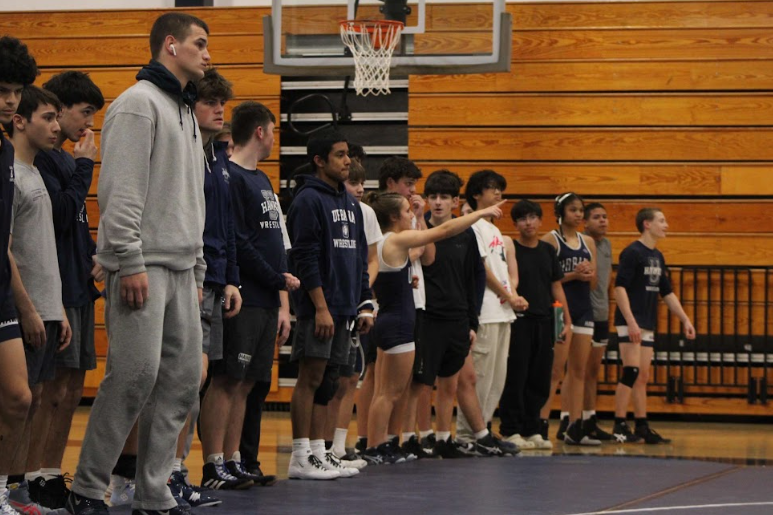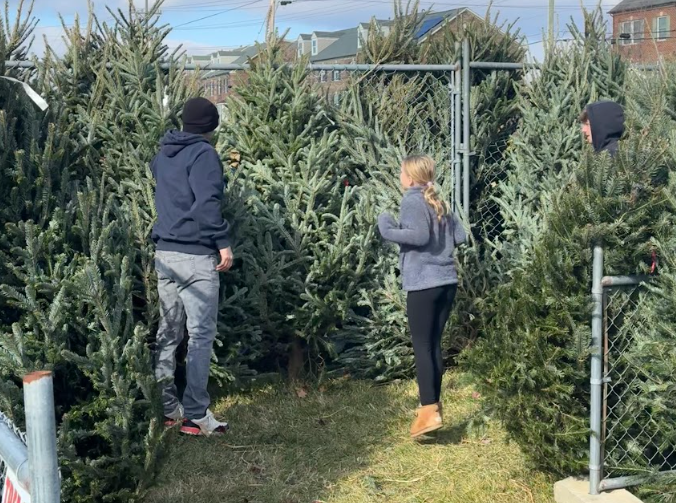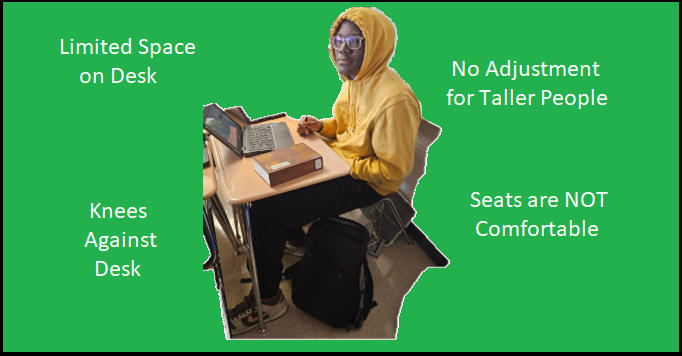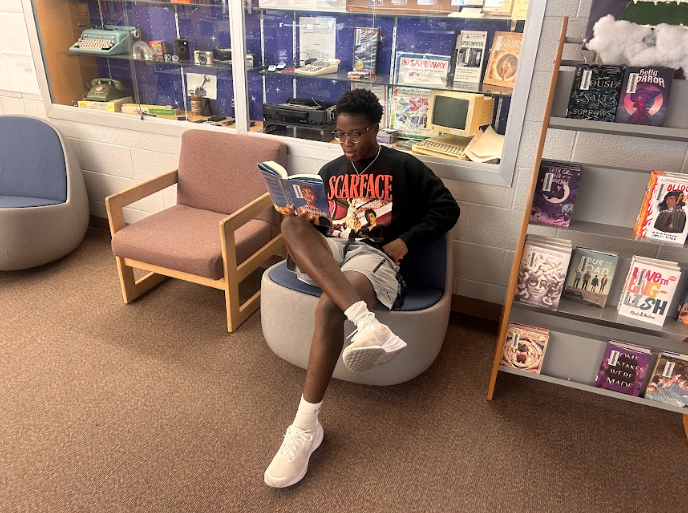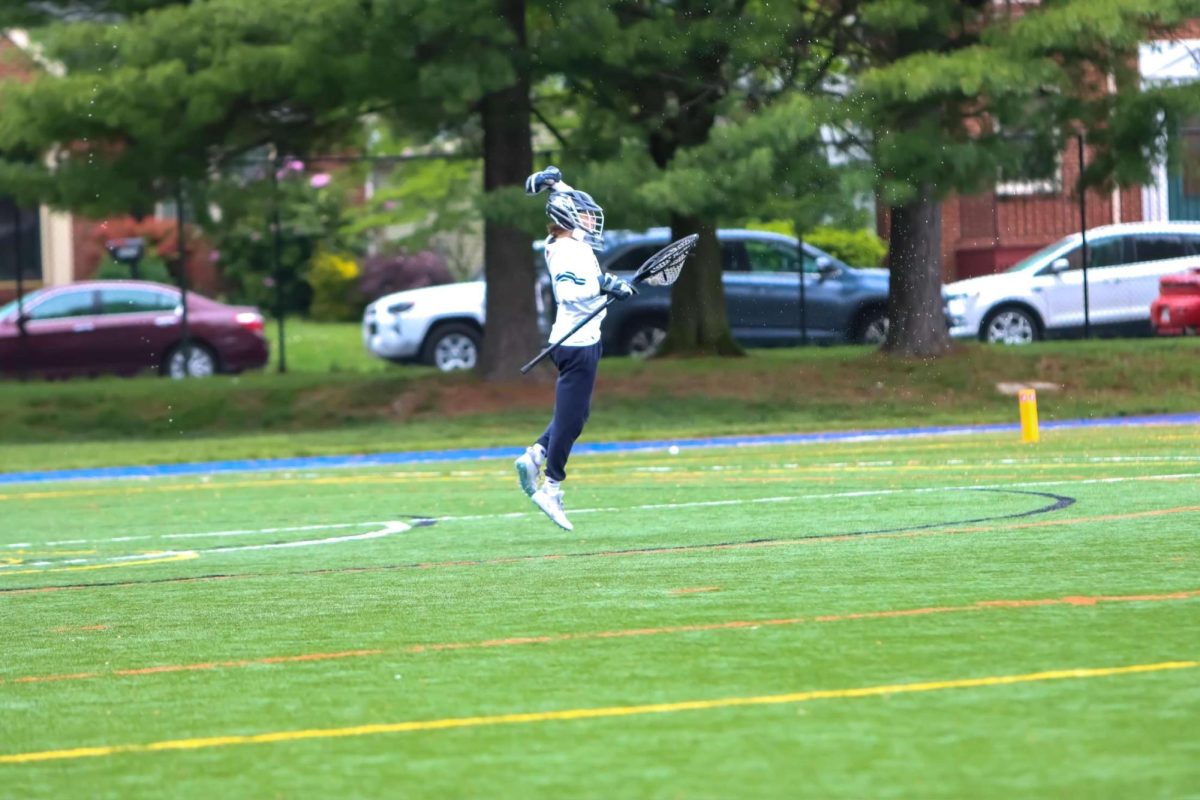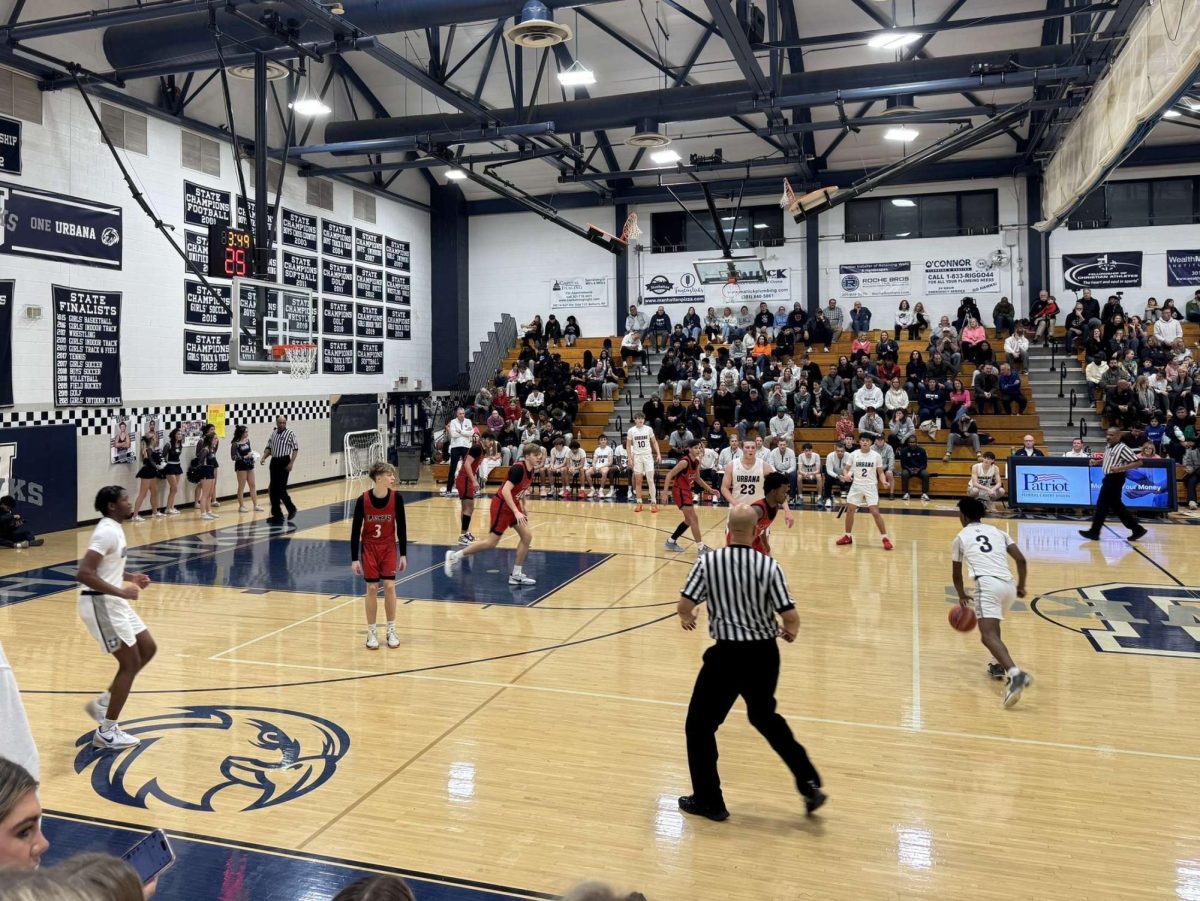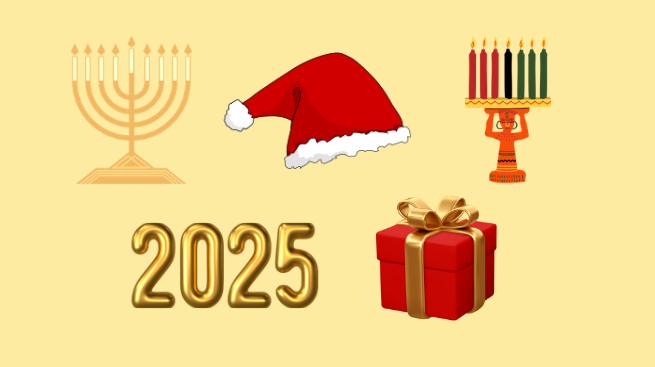Based on the FCPS calendar for the school year, winter break this year starts on Dec. 23 and runs through Jan. 1. This follows how most schools in the U.S. take their break around the Christian holidays of Christmas Eve and Christmas Day, as well as New Year’s Day.
Christmas Eve is on Dec. 24, followed by Christmas Day on Dec. 25. This holiday is well-celebrated among FCPS as many students and teachers take part in their own Christmas festivities.
Christmas Eve is usually celebrated by eating lots of good food with family and friends. Many families bake Christmas cookies ‘for Santa’ and leave out a cup of milk and carrots for when he comes to visit with the reindeer and all the gifts for people on the nice list, while the naughty receive coal. On Christmas Day, families wake up early to open gifts and attend Church in the later hours, making sure to spend time with their loved ones.
Commenting on his own families traditions Chris Facine (Class of 2025) said that, “Usually, me and my family stay up till 12 am to open gifts”
However, many students celebrate different winter holidays that also occur during winter break.

This year, Dec. 25 holds two festivities in one day. Christmas, being celebrated by Christians and many others culturally. This year, the day also marks the beginning of the Jewish holiday, Hanukkah.
Hanukkah is an 8-day holiday that honors the rededication of the 2nd Jewish temple in Jerusalem.
After a very successful revolt by the Maccabees against the Seleucid Empire, the Jews found only a small amount of oil to light the temple’s menorah. However, in a miracle, the menorah surprisingly burned for eight days instead of the expected one.
This event in history and faith is celebrated by lighting a candle on the menorah—one for each night of the holiday—with another candle, the Shamash. The celebration is also followed by gift giving, playing the dreidel, and eating different foods like latkes and sufganiyot.
“We used to drip candle wax into water to make a disc of wax,” Roy Vaisband (Class of 2024) says about his family Hanukkah celebrations.
As the holiday season progresses, Kwanzaa is also observed. Kwanzaa is an African-American cultural holiday observed over 7 days, always being from Dec. 26 to Jan. 1. It was first created in 1966 by Dr. Maulana Karenga to honor Africa’s rich traditions and values.
The holiday is based around seven principles known as Nguzo Saba, which include unity, self-determination, collective work and responsibility, cooperative economics, purpose, creativity, and faith. Each day of Kwanzaa focuses on one of these principles, and families light candles on a special candleholder called the Kinara, with 3 red, 3 green, and 1 black candle that is always lit first.
The black candle symbolizes people of African descent and the unity of the African-American community. The 3 red candles symbolize the bloodshed of those who fought for freedom and justice, and the 3 green candles symbolize the future, the hope for renewal, success, and growth.
Dec. 26 is another holiday that holds 2 festivities, one being Kwanzaa and the other being Boxing Day.
Boxing Day is primarily celebrated in the UK, Canada, Australia, and many other countries that were once a part of the British Empire. Many students of that descent still observe this festive date.
The origins of Boxing Day are somewhat debated, but historically it was seen as a day when wealthy households would give gifts or “boxes” of food, money, or some other item to their servants or the poor to take back home, as a gesture of goodwill and charity.
The name “Boxing Day” most likely comes from the tradition of “Christmas Boxes.”
Today, Boxing Day has evolved into a major public holiday, usually marked by large-scale shopping events, similar to Black Friday in the U.S. In some other countries, it’s also celebrated with sporting events, like horse racing and football matches (American soccer).
The Winter Solstice! While it may not be universally regarded as a “holiday,” it is celebrated through festivals with more international recognition than national, such as the Persians’ Yalda Night or Shab-e Yalda.
This holiday roots from Zoroastrianism—a Persian religion that is surrounded by the teachings of Zarathustra Spitama and the Avesta—and symbolizes the victory of the sun as it starts its return to Earth.
It is believed that on Yalda, the darkest night of the year, the sun, which represents light and truth, would triumph over darkness as it attempted to rise again, signaling the return of longer days.
This ‘victory’ was celebrated by many Persians staying up throughout the whole night, feasting and lighting candles and campfires to symbolically help the sun’s return. They believed their efforts to stay awake and celebrate would help the sun’s ‘rebirth.’ This has been adapted into modern-day practices in some cultures and families.
To close off winter break break, many people universally celebrate New Year’s Day!
Usually celebrated on January 1st, New Year’s Day marks the beginning of the new year on the Gregorian calendar. It is one of the most universally celebrated holidays, and its traditions vary across different cultures.
Around the world, New Year’s can be seen being celebrated differently. For example, in the U.S., people usually gather at New York’s Times Square on New Year’s Eve to watch the ball drop at midnight.
In Japan, many Shinto shrines are busy with visitors, and people usually spend the beginning of the year in quiet time and reflection.
In Brazil, especially in Rio de Janeiro, New Year’s is a very big festivity, with millions of people gathering at Copacabana Beach to celebrate with fireworks, while wearing white to symbolize peace and renewal.
In Mexico, people gather with their families to eat a very special New Year’s dinner. Pan de Año Nuevo, a special cake, is usually served, and in some regions, people eat 12 grapes to symbolize good luck.
New Year’s is seen as a time for new beginnings and a fresh start. It’s an opportunity to reflect on the past year, learn from mistakes, and set goals for personal improvement.





